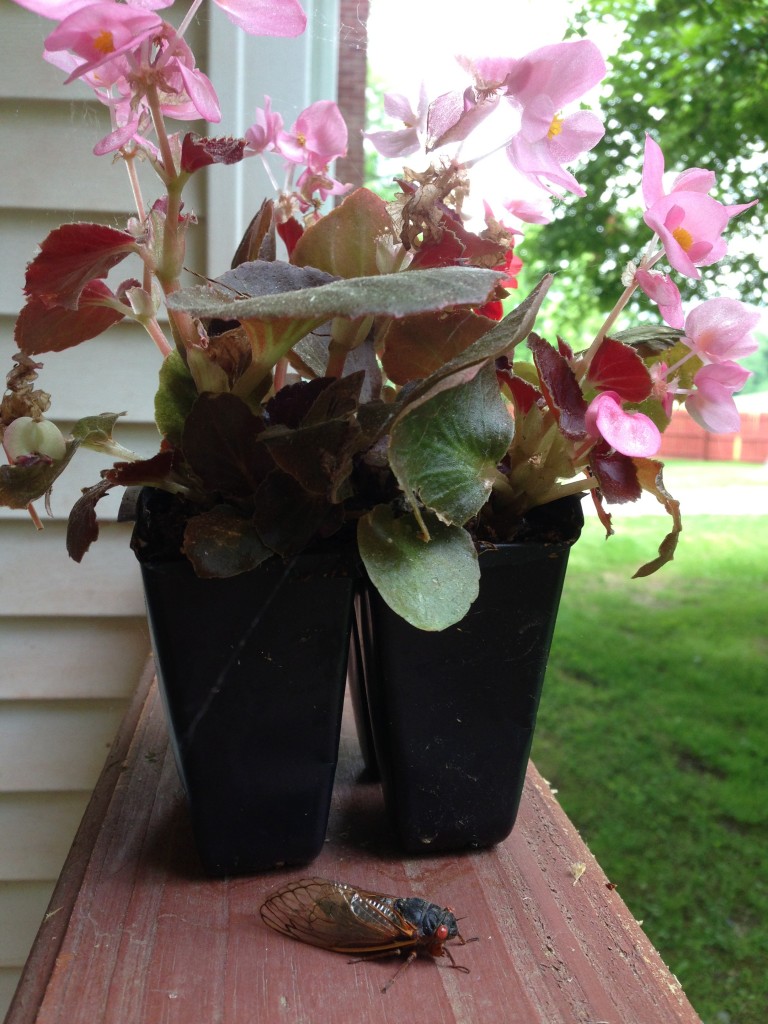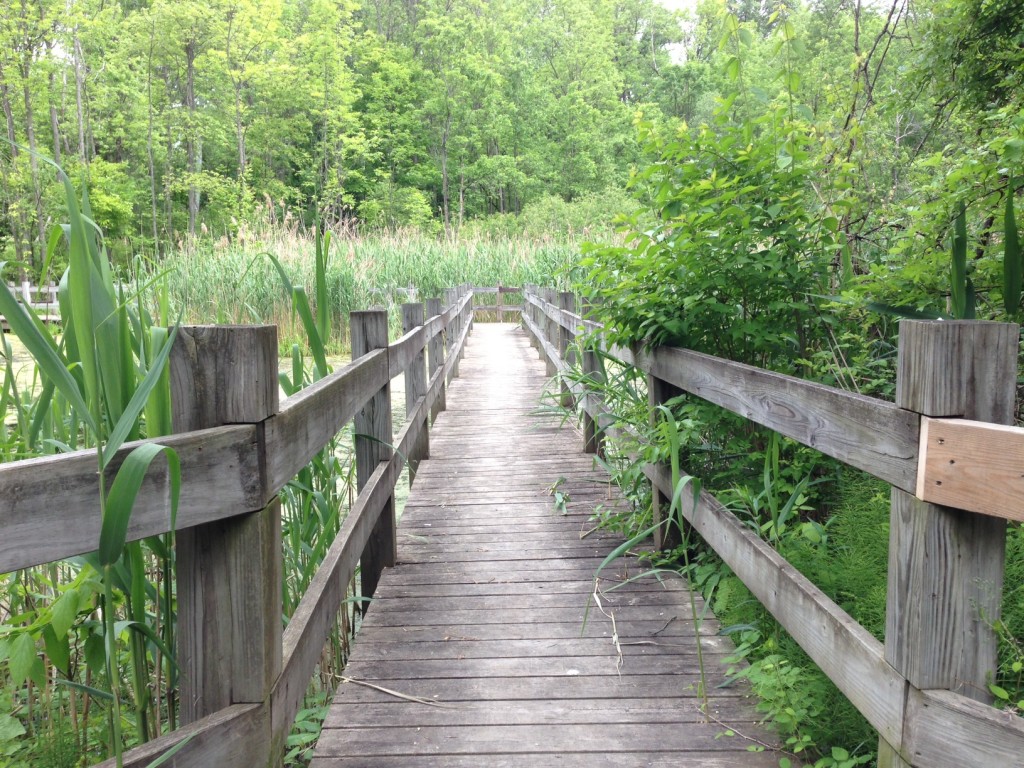I’ve been spending a lot of time in my hometown of Richmond, Virginia, for the last couple of years to help care for my mother, who has Alzheimer’s. She was diagnosed in the last year of my three-year retreat, and I had to move her to assisted living a few months after retreat graduation in 2011. Since then, I’ve been back and forth periodically, and right now I’m in Richmond again, helping her adjust to a recent move to an all-dementia facility, and overseeing major repairs to her house.
Spending time with my mom and other people in her facility, I feel I’ve gained some insight into how to prepare for my own old age and the possibility of dementia. In a nutshell: practice as much as possible, learn to rest my mind wherever I am, and cultivate contentment with whatever is happening. (Corollary: Eat everything. Including parsnips if needed.)




